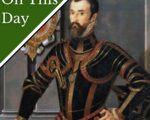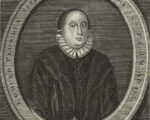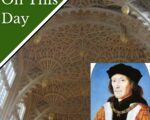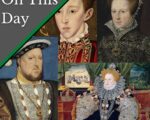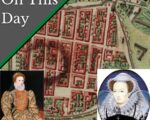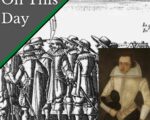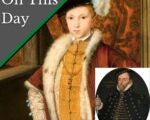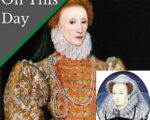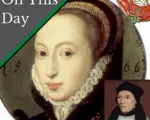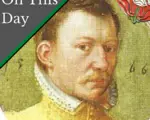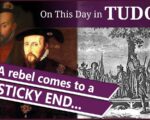On this day in Tudor history, 24th January 1503, the foundation stone of King Henry VII’s chapel, a large Lady Chapel, at Westminster Abbey, was laid.
At the time, Henry VII planned for the chapel to be a shrine to King Henry VI, who was expected to be canonised, but this never happened.
The chapel was completed in 1516, in the reign of Henry VII’s son, King Henry VIII, and became the burial place of fifteen kings and queens, including Henry VII and his wife, Elizabeth of York, who have beautiful gilt-bronze effigies, and their grandchildren Edward VI, Elizabeth I and Mary I, and great-granddaughter, Mary, Queen of Scots. Others buried there in the Tudor period include, Lady Margaret Beaufort, Henry VII’s mother, and Lady Margaret Douglas, his granddaughter.
[Read More...]
